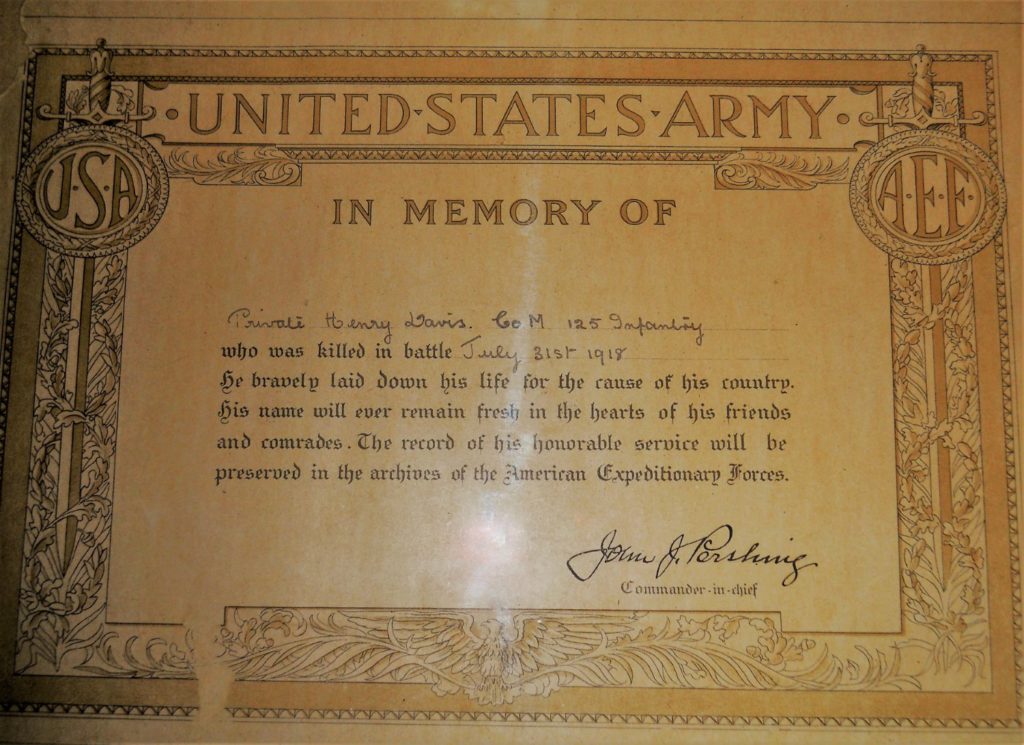The racist organization known as the Knights of the Ku Klux Klan mounted a resurgence in the 1920’s following the Hollywood release of D. W. Griffiths classic silent film, “The Birth of a Nation.” The widely popular movie reinforced negative racial stereotypes concerning blacks and portrayed Klan members as heroic. The film’s unparalleled success reflected the prejudices then held by a large portion of the American population.
The Klan first arrived in Detroit in 1921, but the organization quickly spread to Michigan’s northern rural counties. Ku Klux Klan organizers came to Manistique during the early summer of 1923. Four men posing as researchers from the “Sebring Research Bureau” circulated among the population. It soon became known that the group was attempting to organize a branch of the Ku Klux Klan in Manistique.

